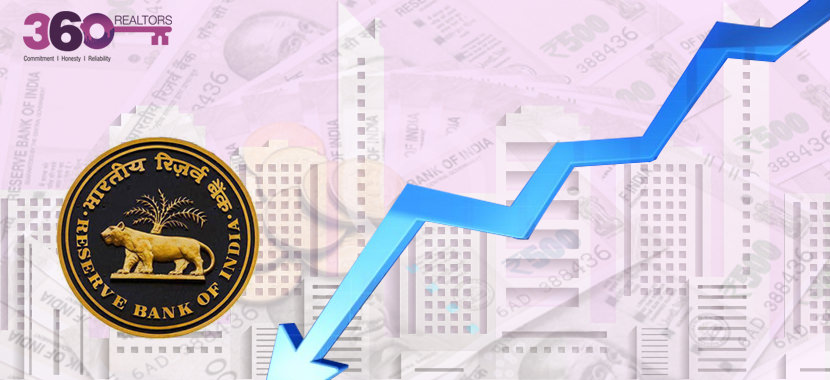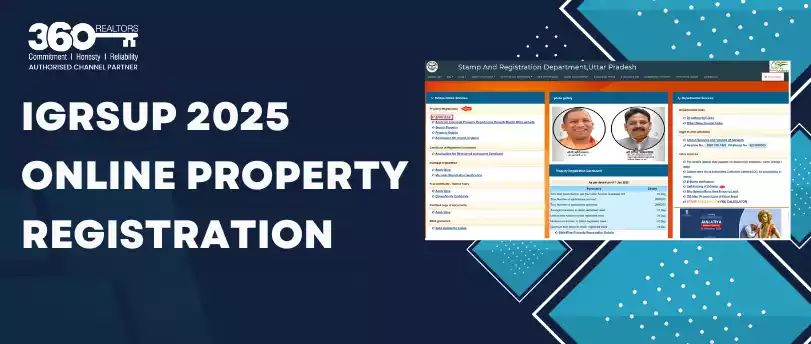The year 2016 had been a landmark year with some radical reforms taking place which led to a profound impact on the Real Estate India. This sector witnessed coordinated efforts by the Indian government in order to bring discipline and transparency in the property sector and boost the sentiments of both buyers and investors.
The year 2017 is expected to experience a steady growth, positivity, stability, professionalism and revival of the Property in India. The regulatory reforms introduced by the government like the RERA, GST, Benami Transactions Act (Amendment), REIT’s regulations and the most important of all, Demonetization, is expected to make the Indian real estate sector more transparent, reliable and attractive with only organized players on the field. There has been a reduction in the home loan interest rates with effect from 1 January 2017 which is major step taken to boost the home sales.
In order to promote the Affordable Housing in India some major incentives were announced for the lower income people by offering rebates of up to 4% for a loan amount of Rs 12 lakhs availed under Pradhan Mantri Awas Yojana.
Further fuelling the growth of the real estate sector, in a way that is beneficial for both the customers and the developers, the Reserve Bank of India is making it possible for the banks to lend to the buyers higher amounts at lower rates of interest.
This was done by the Central Bank in two ways. First is by reducing the amount of funds set aside by the banks as security for home loans from the previous 0.4%, or Rs 400 per lakh to current 0.25%, or Rs 250 per lakh. This reduction also known as the provision would lead to lower home loan rates.
Another is that a cut of 0.5% point was announced in the SLR (statutory liquidity ratio – the portion of deposits needed to be invested by the banks in government securities) which means that the banks will have more funds to lend.
The risk weightage on home loans between Rs 30 lakhs and Rs 75 lakhs was brought down from 50% to 35% and for loans over Rs 75 lakhs from 75% to 50%. Risk weightages are useful in calculating the minimum funds that should be held by the banks in order to reduce the insolvency risks. This will help in making the bigger loans less expensive. Also, the cost of doing business will come down which will lead to cut in interest rates and hence the benefits can be passed on to the borrowers. This decision is a very positive move as it will generate more funds for the banking sector.
However, these relaxations of norms by RBI were done after doing a deep study of the multiplier effect of home loans. An increase in home loans will lead to a rise in the home sales which would benefit the real estate companies and other companies as well namely the cement, steel, construction, furniture, appliances, etc.
The reduction in SLR will help the banks to achieve 100% liquidity coverage ratio by the next 1-2 years and will also give buoyancy to the home loan industry. There has been a year-on-year increase of 13.4% in the credit to housing segment in April end.
Since there is not much demand from other sectors of the economy, so the banks are working hard to boost the sales in affordable housing category and take advantages of the incentive announced by the government for the prospective customers. Some banks have even reduced their rates on home loans. As an icing on the cake, a Credit Linked Subsidy Scheme was announced on 31st December 2016 for Middle Income Groups, as per which an interest subsidy of 3% on housing loans up to Rs 12 lakhs and 4% on housing loans of up to Rs 9 lakhs was announced.
As per a recent report by the CLSA India Pvt., there could be a rise in the housing sales from Rs 7 trillion in 2017 to a whopping Rs 17 trillion by 2024 supported by the push given to affordable housing and market growth of the country.
Thus, the banks are considerably cutting down the home loan interest rates (like SBI reduced its one-year MCLR linked to its home loans to 8% from the previous 9.20%) that would go a long way in the revival of the Indian real estate sector vis-à-vis boosting of the home sales.






